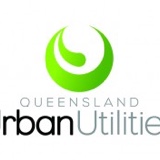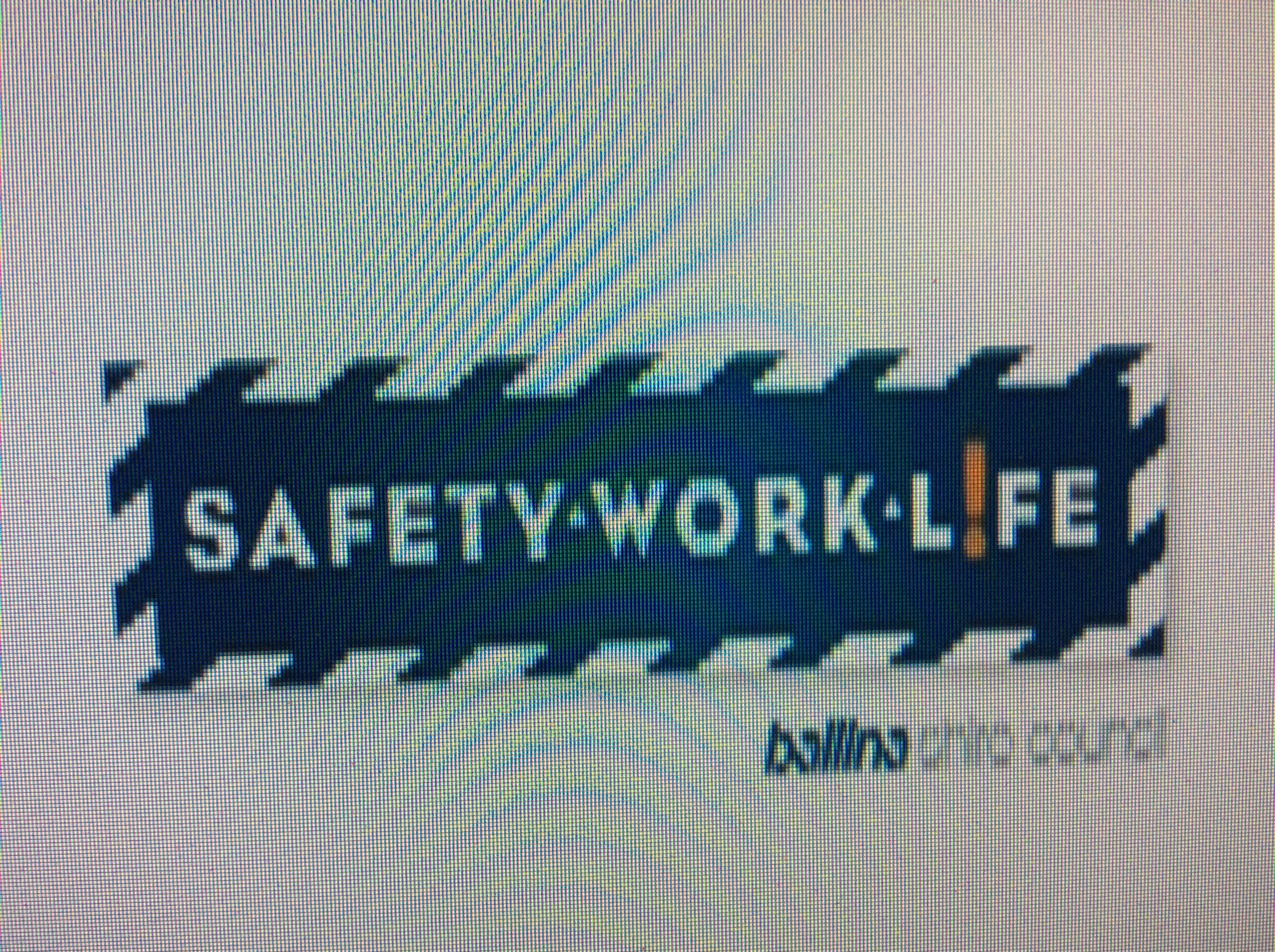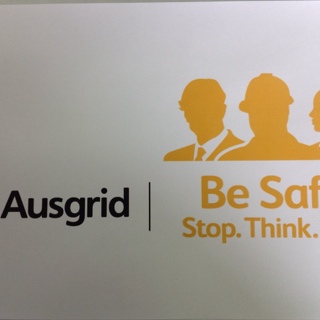Information
-
HAZARDOUS MANUAL TASKS RISK ASSESSMENT CHECKLIST
-
Task/Assessment Title
-
HMT Number:
-
Conducted on
Part A - TASK SUMMARY
-
Date Checklist Completed
-
Date of Task Commencement
-
Task Description / Name of Task/Job
-
Task No.
-
Please take photo of task/work area if necessary
-
Department
-
Location
-
References (e.g. Council Policies and Procedures, SWPs SOPs
-
Choose reason for undertaking risk assessment
-
Have there been know incidents associated with this task/job?
-
PPE Required?
-
Tick all PPE required
- Eye Protection
- Hard Hat
- Steel Cap Boots
- High Viz Attire
- Welding Helmet & Apron
- Broad Brim Hat and Sunglasses
- Respirator
- Gloves
- Hearing Protection
- Face Shield
-
DETAILS OF PERSON UNDERTAKING CHECKLIST
-
Name
-
Position
-
Signature
-
Date
-
DETAILS OF PERSON UNDERTAKING CHECKLIST
-
Name
-
Position
-
Signature
-
Date
-
WHS Representative (HSR)
-
Department Manager/Coordinator
-
Select date
Part B - HAZARD IDENTIFICATION
-
Note: if the task is NOT a Manual Task, use "Task Risk Assessment Form".
Use the following prompts to identify the hazards associated with this task. If the prompt is applicable tick "YES" then continue with the risk assessment in the following section. If the prompt is not applicable tick "NO". If the prompt does not apply tick "N/A".
Note: when all prompts have been answered, proceed to "Part C - Risk Rating and Action Plan" -
STEP 1
-
Does the task involve repetitive or sustained movements, postures or forces? As a guide:
*Repetitive means the movement or force is performed more than twice a minute, and
*Sustained means the posture or force is held for for than 30secs at a time -
POSTURES AND MOVEMENTS - Place a tick in the YES box each time you observe repetitive or sustained posture.
-
CODE A - BACK
-
A1 - Bending or twisting e.g. More than 20 degrees - Forwards
-
A2 - Bending or twisting e.g. More than 20 degrees - Sideways
-
A3 - Bending or twisting e.g. More than 20 degrees - Twisting
-
A4 - Bending e.g. More than 5 degrees - Backwards
-
CODE B - ARMS and HANDS
-
B1 - Working with one or both hands above shoulder height?
-
B2 - Reaching forwards or sideways more than 30cm from the body?
-
B3 - Reaching behind the body?
-
B4 - Excessive bending of the wrist?
-
B5 - Twisting, turning, gripping or wringing actions with fingers, hands or arms
-
Code C - LEGS
-
C1 - Squatting, kneeling, crawling, lying, semi-lying or jumping?
-
C2 - Standing with most of the body's weight on one leg?
-
Code D - VERY FAST MOVEMENTS
-
D1 - Very fast movements
-
FORCES - Place a tick in the YES box each time you observe repetitive or sustained forces.
-
Code E - FORCES
-
E1 - Lifting or lowering
-
E2 - Carrying with one hand or one side of the body
-
E3 - Exerting force with one hand or one side of the body
-
E4 - Pushing, pulling or dragging
-
E5 - Very fast actions
-
E6 - Working with the fingers close together or wide apart
-
E7 - Applying uneven, fast or jerky forces
-
E8 - Holding, supporting or restraining anything (including a person, animal or tool)
-
STEP 2
-
Does the task in STEP 1 involve long duration?
Tick YES if the task is done for; -
CODE F - DURATION
-
F1 - More than 2 hours over a whole shift?
-
F2 - Continually for more than 30 minutes at a time?
-
If you ticked YES, then the task is a risk and MUST be controlled.
-
STEP 3
-
Does the task involve high or sudden force?
-
FORCES - Place a tick in the YES box if the task involves any of the following high or sudden forces even if the force is applied only once.
-
CODE G - HIGH OR SUDDEN FORCES
-
G1 - Lifting, lowering or carrying loads
-
G2 - Throwing or catching
-
G3 - Hitting, kicking or jumping
-
G4 - Applying a sudden or unexpected force including;<br>* Handling a live person or animal or<br>* Applying uneven, fast or jerky forces during lifting, carrying, pushing or pulling or<br>* Pushing or pulling objects that are hard to move or stop
-
G5 - Exerting force while in a bent, twisted or awkward posture including;<br>* Supporting items with hands above shoulder height or<br>* Moving items when legs are in a awkward posture, working with finger pinched together or held wide apart<br>* Using a finger grip or pinch grip or an open handed grip
-
G6 - Exerting a force with non-preferred hand
-
G7 - Needing to use two hands to operate a tool designed for one hand
-
G8 - The task can only be done for short periods of time
-
G9 - Lifting, lowering or carrying heavy loads
-
G10 - To or more people need to be assigned to handle a heavy, awkward or bulky load
-
G11 - Workers report pain or significant discomfort during or after the task
-
G12 - Stronger workers assigned to do the task
-
G13 - Workers say the task is physically strenuous or difficult to do
-
G14 - Workers think the task should be done by more than one person or seek help to do the task as it requires higher force.
-
STEP 4
-
Is there hand, arm or whole body vibration?
-
Place a tick in the YES box if any of the following environmental factors are present in the task.
-
CODE H - HAND, ARM OR WHOLE BODY VIBRATION
-
H1 - Driving for long periods
-
H2 - Driving on rough roads
-
H3 - Frequent use of hand powered tools or use for long periods
-
H4 - Using high grip forces or awkward postures when using power tools
-
H5 - Use of machines or tools where the manufacturers handbook warns of vibration
-
H6 - Workers being jolted or continuously jolted
-
H7 - Use of a vehicle or tool not suitable for the environment or task
-
STEP 5
-
Did you answer YES in Step 1 and Step 2?<br>If Yes the task is a risk. Risk control is required!
-
Did you answer YES in Step 3?<br>If Yes then then task is a risk. Risk Control is required!
-
Did you answer YES in Step 4?<br>If yes then the task is a risk. Risk Control is required!
-
To aid prioritisation of timing and resourcing risk controls, you may also need to consider:
* No of ticks or risk factors
* Additional factors such as injuries associated with a task.
These items capture degree and likelihood of harm. You will also need to consider the availability and suitability of risk controls for the task.

















